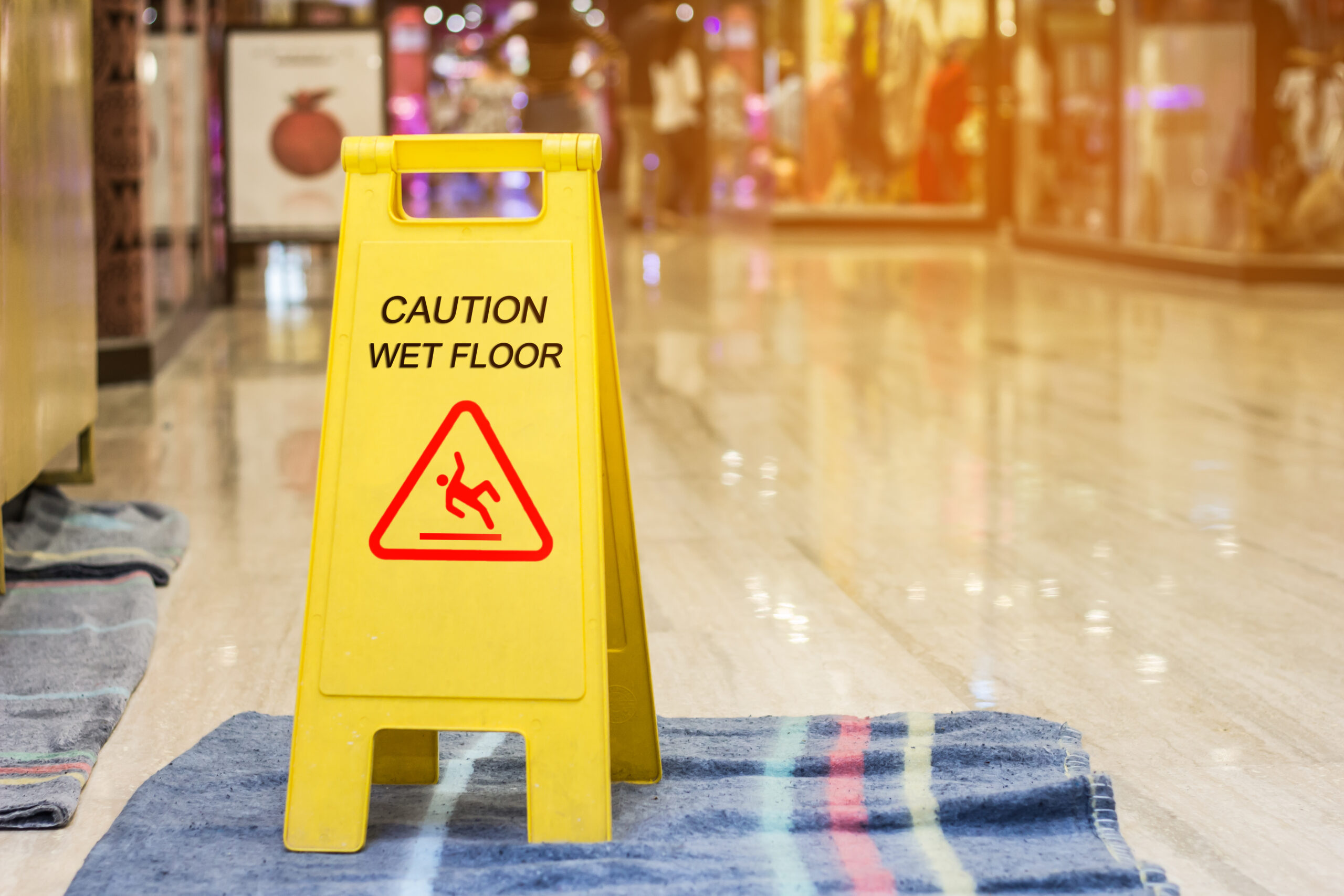When people go shopping, they likely aren’t worried about getting hurt or becoming ill at their local supermarket, big-box electronics store or home improvement center. Customers expect these places to have dry floors, clear paths, well-stocked shelves, and parking areas unobstructed by carts and free of broken pavement and icy surfaces
Moving products from delivery trucks to storage areas then to shelves, along with scanning and bagging items, is hazardous work. Musculoskeletal disorders are the most common injury experienced. Slips, trips and falls are the third-most cited cause of injury among retail workers – after overexertion and contact with objects and equipment.
So, how can employers help improve safety?
Recommendations
Management needs to make safety a priority, a lack of commitment at the top can result in an environment that values inventory over safety.
(Corporate) strategy needs to be focused on routine safety training, including at orientation and annual refresher training. Routines also need to include a monthly comprehensive inspection of the retail store, in addition to daily inspection of high frequency/high severity areas.
John Doe
The potential hazards need to be communicated to the large contractor network that frequent stores to provide maintenance services, cleaning services.
Employers need to conduct annual refresher training for all contractors and workers that emphasizes slip, trip and fall prevention; safe use of ladders; parking lot cart-collection procedures; stretching; manual material handling; and housekeeping.
One way to limit hazards associated with such labor is to minimize the number of times workers touch the product.
Tools
The industry needs a better grasp on:
- Ways to frame workplace safety and health messages for employers and contractors about the benefits of implementing safety and health improvements and establishing workplace safety and health programs.
- Research to demonstrate the effectiveness of engineering controls and how improvements in employee- and contractor work practices can reduce retail injuries and illnesses.
- Organizational risk factors in retail workplaces to improve the understanding of how they affect retail employees. Studies have shown organizational risk factors include excessive job demands, hostile work environment, low job control, low supervisory support, poor safety climate and work-life interference.
“A positive workplace culture is known to improve employee and contractor well-being and workplace productivity,”
Slips, Trips and Falls
More specifically, however, employers in the retail industry can focus on a number of common hazards, slips, trips and falls are on the rise because teamwork is required to decrease the risk.
Prevention involves multiple stakeholders in an organization, including architects, design and construction, facility managers, housekeeping, [human resources], supervisors, managers, and employees, but the architect, design and construction community has been my greatest concern, as I see poor decisions being made during the design phase. Educating designers on cause and prevention is critical because the building codes, standards and guidelines do not provide adequate guidance for safe design – but they are just one piece of the puzzle.
Maynard
While Prevention through Design concepts help eliminate danger before equipment gets to stores, the daily slip, trip and fall hazards inside retail stores include liquid or powder spills, objects in walkways, inappropriate footwear, uneven surfaces, and distracted people. Parking lots and entrances/exits present some of the same risks, as well as weather-related concerns such as moisture, ice and snow.
Maynard said indoor prevention strategies need to be proactive, and approaches include reporting incidents, identifying hazards, selecting the right flooring, implementing effective floor-cleaning procedures, selecting and managing slip-resistant footwear policies, and designing entrances with installation of the right matting. For the outdoors, lighting is key, as is snow removal, proper use of ice-melt chemicals, and repair of broken asphalt and sidewalk.
“Multiple dimensions are responsible to explain why slips, trips and potential falls might occur, and it’s important not to solely rely on the pedestrian being cautious, detecting slip and trip hazards, and taking corrective action,” he said. “Reducing or eliminating physical risk factors that can lead to same-level falls is an important proactive approach and essential to prevention.”


